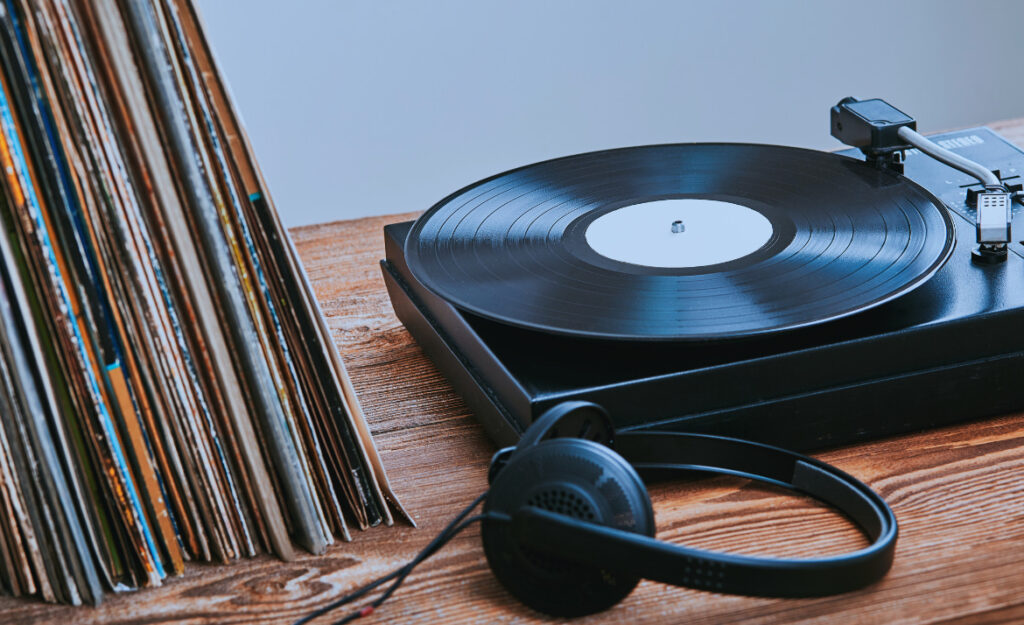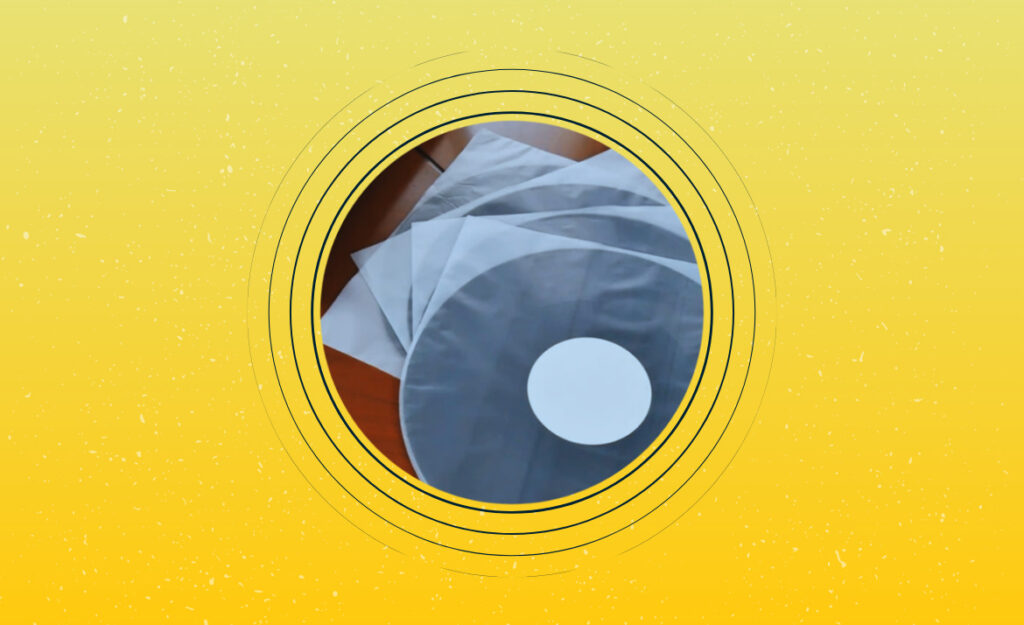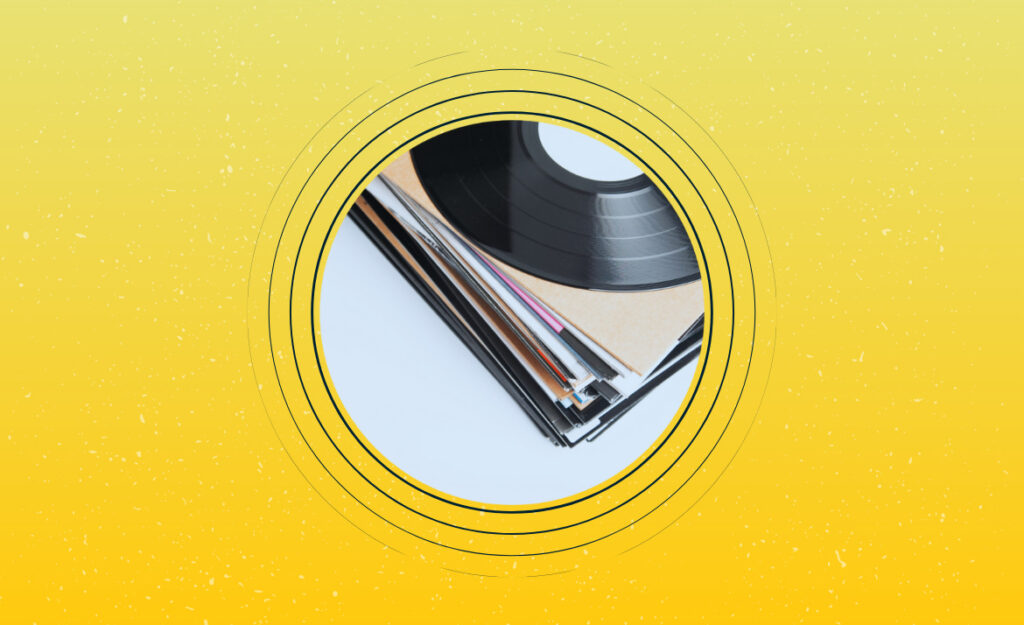
Every vinyl collector recognizes the little thrills—finding a rare album, dropping the stylus, and hearing that first note. Lurking behind that satisfaction, magnetic fields pose risks that aren’t always obvious, which is why vinyl safety precautions deserve real attention. Most people think about dust and scratches, but rarely consider the silent threats magnets represent for records.
Magnetic sources surround us: speakers, electronic devices, even the tools used for cleaning. Each of these introduces potential hazards for vinyl records. Understanding the science of this type of damage, and employing thorough vinyl safety precautions, separates novice collectors from experienced ones.
Learning the best vinyl safety precautions protects collections for years, sidestepping unnecessary wear. This article reveals actionable steps, from home setups to daily habits, so your favorite albums play clear and true—never muffled by preventable magnetic interference.
Identifying Unexpected Magnetic Hazards in Home Setups
Spotting hidden magnetic dangers is crucial for robust vinyl safety precautions. Many everyday objects in a listening space can quietly jeopardize your collection’s integrity if not handled mindfully.
To protect your records, start by mapping your gear and accessories. Most turntables isolate cartridges well, but power cables, wireless charging pads, and even decorative magnets deserve extra scrutiny. Establishing spatial barriers can prevent later heartache.
Pinpointing Device Risks Under Actual Use
Stereos, Bluetooth speakers, and home theater subwoofers all create magnetic fields. A collector might say, “I kept my wireless speaker by the shelf, and my records sounded flat after”—a lesson in spatial arrangement worth following.
To implement vinyl safety precautions, maintain a two-foot gap between magnetic devices and records. If unsure, use a compass: a spinning needle signals a problematic field near your records.
Removing subtle hazards like decorative fridge magnets comes next. Magnetic souvenirs may seem charming but keeping them distant ensures optimal audio and lasting album life.
When Common Household Items Disrupt Your Routine
Consider the routine—opening laptop near a stack of albums, laying metal watchbands atop record sleeves, or plugging headphones alongside your collection. Each mundane motion can expose vinyl to stray fields.
Picturing vinyl safety precautions as a “no-magnet zone” helps. Tell family and guests: “This shelf is a safe zone—no electronics or magnetic gadgets here.”
Cord management also factors in. Never let charging cables rest across stacks of records; elevated cable trays or wall tacks remove this repetitive risk.
| Hazard Type | Risk Level | Example | Actionable Response |
|---|---|---|---|
| Speakers & Subwoofers | High | Bookshelf sub near record cabinet | Keep at least 2 feet away from all vinyl collections |
| Power Adapters | Moderate | Charger brick left atop a record pile | Store chargers and adapters in designated bins far from records |
| Wireless Devices | Low to Moderate | Bluetooth headphones in record storage box | Create a separate gadget station outside the record area |
| Magnetized Accessories | Low | Novelty fridge magnets | Avoid displaying or storing magnetic objects near records |
| Metal Tools | Moderate | Magnetic screwdriver left on shelf | Use non-magnetic tools or store elsewhere after use |
Building a Barrier: Keeping Records Clear of Magnetic Fields
Setting up physical boundaries is a practical step for vinyl safety precautions. Barriers aren’t just walls—they’re habits and organizing principles that are easy to follow each day.
Keep records in nonmetal shelving or cabinets. Putting your vinyl in wood or plastic shelving isolates fields and, when paired with deliberate object placement, reduces cumulative risk of damage over time.
Assessing Room Layout: Practical Placement Guide
Position record shelves away from power strips and electronic clusters. If your main gear is on one side, records belong on the other. “I set my table near the window,” someone might note, referencing space as an ally for preservation.
- Designate a dedicated shelf solely for vinyl—never double as a tech or charging hub.
- Install wall brackets for cables and devices elsewhere.
- Keep daily gear in labeled bins away from the record area.
- Use a thick rug to dampen vibrational transfer from nearby electronics.
- Establish a cleaning routine to routinely check and clear hazards.
By following these steps, each barrier reinforces a safer environment, making vinyl safety precautions habitual instead of exceptional.
Daily Prevention Checklist for Collectors
Set up a micro-inspection ritual: each time you use your setup, look for misplaced headphones, magnetic pens, or random kitchen gadgets. This ongoing vigilance takes only seconds yet yields months of records played without interference.
- Check that no tools or devices stray into your vinyl zone—return them instantly if found.
- Store magnetic cleaning brushes away from record shelves after use.
- Cord wraps belong with chargers, not tossed on lounge chairs or stacks.
- Remind friends to leave keys and electronics by the entry shelf before listening.
- Edit your storage monthly: keep only essential vinyl and relocate anything magnetic.
Each checklist item tightens your safety routine, so your vinyl safety precautions become second nature, not a forgotten afterthought.
Material Choices and Their Impact on Magnetic Safety
Material selection for record storage and accessories eliminates magnetic threats before they start. Wood, acrylic, and certain plastics remain neutral, while metals require added care or avoidance to honor key vinyl safety precautions.
Vinyl shelves made from wood don’t attract or channel random fields, whereas metal racks might act like antennas near speakers or laptops. For safety, plastic bins topped with neutral dividers offer stable, protective conditions.
Choosing Nonmagnetic Storage Methods
Opt for wooden or composite cabinets when planning storage. For example, a friend might say, “I moved from wire shelves to wood, noticing an immediate calmness in playback and less worrying about nearby gadgets.” This tangible shift creates real peace of mind.
Plastic storage crates, especially with flat sides, help by offering a buffer against both impact and magnetic slip-ups. Keep all metal fasteners away from direct contact with album jackets and inner sleeves.
The analogy: treat nonmagnetic storage like using a surge protector with electronics—just as you guard against lightning, you guard records against invisible field surges.
Optimizing Your Listening Area Surfaces
On side tables, coasters, or display stands, avoid anything with hidden magnets or embedded steel. Repurpose old wooden drawers or use resin stands. Each choice further isolates the subtle but real magnetic influences.
Keep record cleaning stations distinct from tech nooks. A collector might arrange: “Cleaning supplies go under the bench, gadgets all stay on the far table.” This division, upheld daily, proves incredibly effective.
Realigned habits and smart material swaps sustain vinyl safety precautions long term, creating a warm, secure setting for every listening session.
Positive Listening Habits That Limit Magnetic Exposure
Cultivating consistent behaviors ensures daily vinyl safety precautions are met. These habits protect records from impulse mistakes and foster more mindful album use, resulting in clearer audio and longer-lasting grooves.
Commit to always returning records to designated sleeves and proper cabinets, not laying them by speakers or resting gadgets on top. These simple routines compound, securing the collection’s integrity over many sessions.
Separating Tech from Vinyl in Practice
Imagine putting your phone on a different shelf while flipping records, saying out loud, “Let’s keep electronics here, records over there.” This split makes routines automatic and shields albums from stray exposure.
Prompt family and visitors to follow this system. “Phones and tablets stay by the sofa,” works as a household slogan, making safety a shared effort, not a solo project.
With this visible divide in place, accidental slips dwindle, reinforcing each aspect of your vinyl safety precautions over time and through shifting household dynamics.
Cleaning Records with Magnetic Precautions
Use anti-static brushes or carbon fiber wands, not magnetized tools, to lift dust. After every cleaning, put the brush back in its spot—never resting atop records or near playback equipment, since residual magnetism can threaten fidelity.
Pair cleaning with quick checks: “Is anything odd sitting near the stack?” Clear hazards immediately. This builds diligence while keeping routines smooth and low-drama.
Ultimately, a tidy, organized cleaning area shapes a safer atmosphere, letting each record return to its jacket without risk, and ensuring each playthrough delivers premium sound, free of avoidable damage.
Recognizing and Addressing Magnetic Field Signs on Vinyl
Spotting magnetic interference lets you halt problems early. Surface noise spikes, muffled output, and unresponsive stylus action all hint at vinyl safety precautions being overlooked. Early detection shields collections from lasting harm.
Look for subtle cues: a record suddenly refusing to track reliably or showing odd tonal distortion, especially after rearranging room gear. These physical symptoms don’t appear overnight but merit prompt, thoughtful response.
Field Testing and Troubleshooting Steps
Store a spare compass nearby. Move it slowly across your storage zone, noting any sudden needle shifts—this instantly exposes hidden risk zones. Take photos of your setup each month to spot slow creep of gadgets or metal clutter.
When anomalies emerge, isolate the record for 24 hours in a neutral location. Listen again, noting changes. If issues melt away, the source likely sits nearby—or is something in your cleaning process. This quick diagnosis closes feedback loops fast.
If issues continue, consult a store or trusted technician with magnetic meters for a more technical diagnostic—sometimes, truly neutral ground is needed before resuming normal playback.
Long-Term Approaches That Safeguard Vinyl Collections
Establish regular, seasonal reviews of your space as central vinyl safety precautions. Walk through your listening area every few months, evaluating the layout, materials, and any shifted objects that might threaten the collection.
Rotate the shelving positions annually to disrupt unnoticed habitual clustering of devices and racks. This practice exposes hidden field buildup, letting you refresh your protective protocols and maintain optimal album health.
Tuning Storage Habits Over Time
Keep a journal or digital tracker noting any incidents and layout changes. Mark months when playback seems brighter or clearer, cross-referencing these notes with object relocations. This detail-oriented monitoring actively refines vinyl safety precautions with lived-in wisdom.
Engage with fellow collectors, comparing methods. A seasoned friend sharing, “After switching to full-wood cabinetry my noise floor dropped,” reminds every enthusiast that continual improvement breeds lasting results.
Over years, these aggregated habits transform the ordinary into a fortified system—making rare albums as safe as family photos tucked away for generations.
Staying Ahead of Threats: Ongoing Strategies for Magnetic Defense
Consistent vigilance remains the golden rule for ongoing vinyl safety precautions. Stay alert for the introduction of new electronics, home renovations, or changes in surrounding furniture that might create magnetic pockets near your shelving.
Teach everyone accessing your space to honor these protocols. Clear labeling, well-placed storage bins, and friendly reminders all build resilient habits. Invite guests to appreciate your care by explaining, “Vinyl safety precautions keep music authentic for years.”
Proactive planning lets you step in before risk materializes. Installing a small “no electronics” sign on precious shelf zones triggers double-takes and self-correction, making safety part of the culture instead of a background concern.
Every safety step, from nonmetal cabinets to simple weekly checks, yields dividends over time—protecting clarity, investment, and that distinct tactile pleasure only analog can deliver.
The old saying, “An ounce of prevention is worth a pound of cure,” rings true: take modest, repeatable actions now, so every listen remains a celebration of sound, history, and personal taste.



